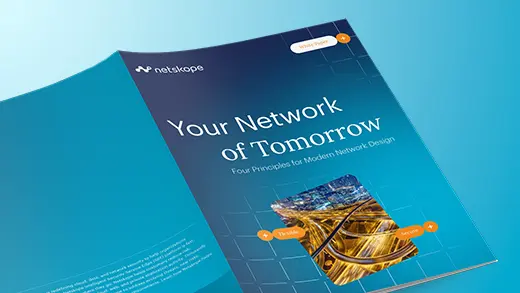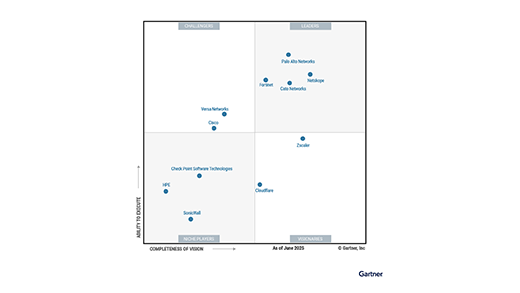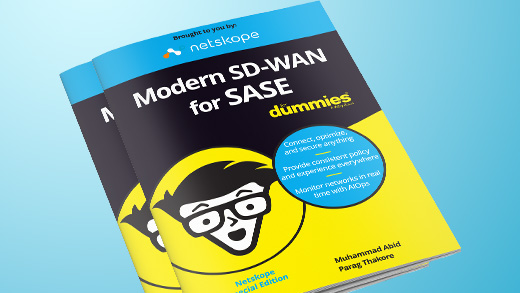
In the digital era, the ability to adopt and integrate technology quickly has become a key driver of business success. Technology decisions are increasingly being made outside IT organizations as cloud-based tools, SaaS platforms, and low-code/no-code solutions become more accessible. Known as business-led IT, this trend democratizes technology, empowering business leaders to innovate independently. Many of today’s business leaders, who grew up in the digital era using smartphones and iPads, are accustomed to technology in all aspects of their lives and confident in making independent solution decisions. However, with this empowerment comes new responsibilities and risks.
As the democratization of technology takes root, business leaders are taking on an expanded role as solution owners. The challenge is that digital-native leaders aren’t always familiar with the risks associated with their independent solution decisions. While they are confident in adopting technology, they may overlook governance and risk management when implementing their chosen platforms.
The real digital transformation for digital-native leaders lies in balancing bold technology adoption with a forward-looking approach to governance and risk management. Mastering the dynamics of business-led IT is essential for achieving sustainable success in an ever-evolving landscape.
The democratization of technology decisions – Why it’s happening
First, lets dig into the key drivers behind the shift to democratized IT:
- Solution accessibility: The accessibility of SaaS solutions and the tsunami of easy to procure generative AI solutions make it easy for non-technical leaders to obtain solutions independently without IT.
- Market demands: Companies and departments like marketing, supply chain teams, and operations are challenged to innovate at a faster rate to stay competitive and create efficiencies.
- Frustrations with IT: A persistent perception among leaders is that their IT departments are slow to respond. Whether true or not, IT organizations often lack the bandwidth to respond to every request immediately. This drives business leaders to seek their own solutions.
- Increased empowerment: Teams feel more empowered and have a sense of ownership and accountability with their decisions. In their minds, it eliminates bureaucratic delays and helps them innovate faster.
Examples of Democratized IT
Examples of the democratization of IT are abundant and span across departments. Here’s how that might look:
- Marketing: Teams adopt CRM tools like Salesforce.com and HubSpot to manage customer data and campaigns independently.
- Finance: Departments procure budgeting and analytics platforms to streamline forecasting and decision-making.
- HR: Generative AI tools improve employee self-service, such as chatbots for onboarding or answering queries.
- Operations: Supply chain platforms enhance efficiency through optimization and automation.
- Product Teams: Tools like Miro and Figma are leveraged for collaboration and innovation.
While these initiatives drive agility and innovation, they also introduce risks, including fragmented systems, cybersecurity vulnerabilities, and compliance challenges.
The risks of business-led IT
As digital-native leaders take on the role of solution owners, they also inherit responsibilities for managing risks. These include:
- Risk and Data Privacy: These leaders often lack the expertise to evaluate critical security measures, such as data protection, user access provisioning, and incident management. This leads to weak controls and non-compliance with enterprise risk and cybersecurity policies.
- Silos: As business units adopt solutions, they risk duplicating processes and creating inefficiencies. Their solutions are rarely integrated into the core business solutions stack, and reporting/BI is often an afterthought.
- Cost Challenges: Decentralized decisions can lead to escalating cloud operating costs, overlapping subscriptions, and underutilized tools.
- Governance and Visibility Issues: Without centralized oversight, organizations lose sight of critical systems and data, hindering risk management and incident response, especially if a vendor faces a cybersecurity breach.
- Strategic Alignment: Poorly defined or poorly communicated company strategies often make it difficult to align investments and risk management efforts effectively.
By addressing these challenges through effective governance and strategic alignment, organizations can unlock the true potential of business-led IT
Risk and cybersecurity in a decentralized model
To address these risks, organizations must adopt a common risk management framework that integrates risk assessments into every stage of the decision-making and implementation process. Business units adopting their own systems must be held accountable for identifying and managing risks, with IT acting as a partner rather than the sole owner of cybersecurity responsibilities.
IT should also define and promote advocated systems—managed solutions that align with enterprise governance, security, and compliance standards. At the same time, IT must clearly outline the trade-offs and limitations of non-advocated systems.
To create a culture of informed decision-making, IT can:
- Embed a risk review process early in the adoption of new solutions.
- Educate business leaders on the benefits of advocated systems, such as better integration, enterprise-level security, and guaranteed support.
- Establish clear criteria for when and how IT will assist with issues arising from non-advocated systems.
This approach ensures risks are addressed proactively, enabling business-led IT to operate securely and effectively.
Conclusion
Business-led IT represents a cultural and operational shift that redefines how organizations innovate. While it offers immense opportunities, it also brings risks that demand careful management. By addressing these challenges through effective governance and strategic alignment, organizations can unlock the true potential of business-led IT.
If you’d like to learn more about how CISOs and security leaders are leading the charge as critical enablers of business initiatives, driving strategic innovation and growth, check out Netskope’s report, The Modern CISO: Bringing Balance.




 Zurück
Zurück
















 Den Blog lesen
Den Blog lesen